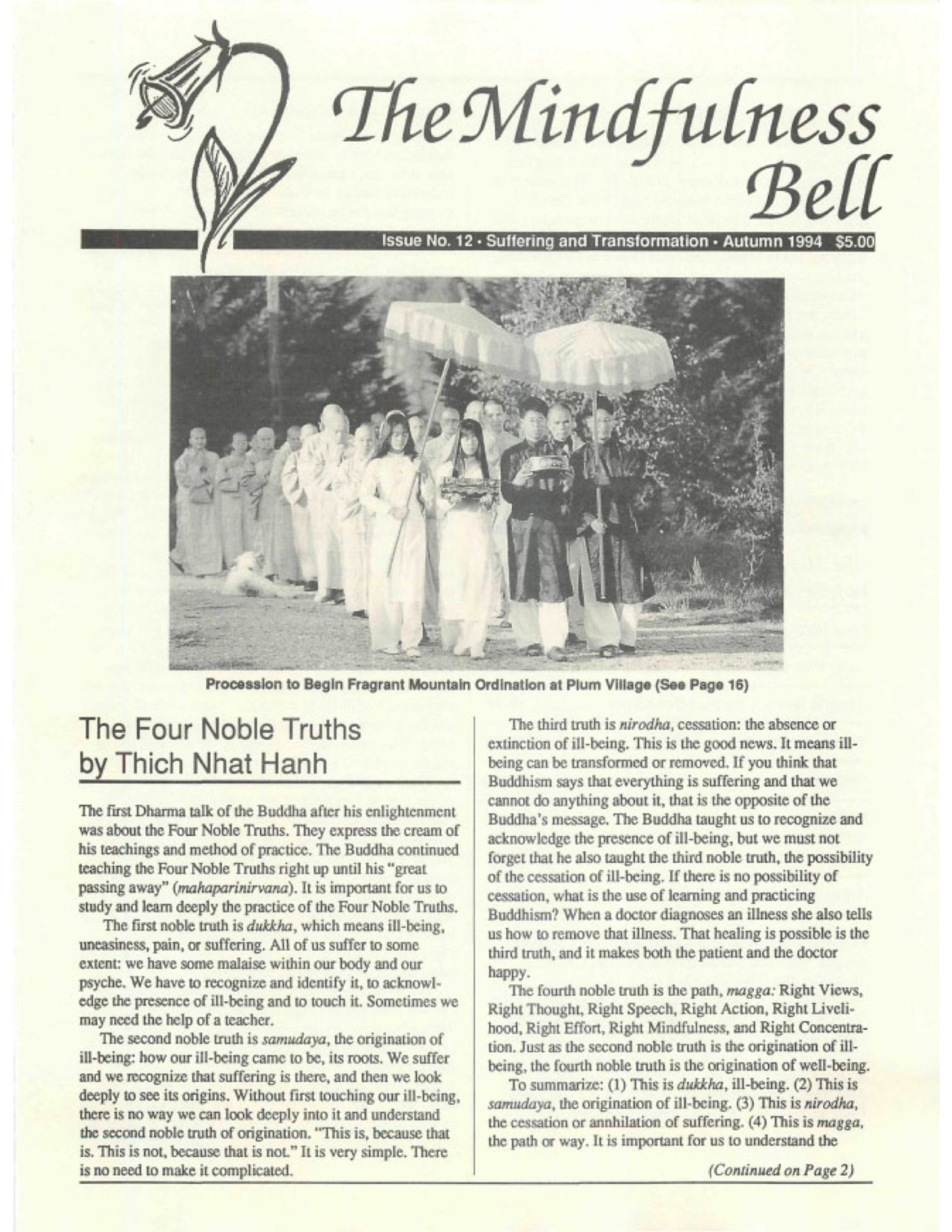By Svein Myreng
Our bodies can bring us joy and pain, triumph and defeat, contentment and craving. We spend a lot of time getting our bodies “in shape”—through sports, health regimes, and beauty treatments, but somehow, they never seem to be enough. Living too fast and in unnatural environments, we become too easily estranged from just experiencing our bodies, and we become victims of the ideal of the perfect body as is marketed by the popular press, films,
By Svein Myreng
Our bodies can bring us joy and pain, triumph and defeat, contentment and craving. We spend a lot of time getting our bodies "in shape"—through sports, health regimes, and beauty treatments, but somehow, they never seem to be enough. Living too fast and in unnatural environments, we become too easily estranged from just experiencing our bodies, and we become victims of the ideal of the perfect body as is marketed by the popular press, films, TV, and advertising.
Since real bodies aren't idealized, having this idea of perfection creates a split in us. We struggle to reach it and we push away our feelings of failure. Huge industries of cosmetics, fashion, and workout studios bear witness to this, as does the sinister increase in eating disorders and cosmetic surgery. We are in conflict with ourselves.
In the Sutra on the Four Establishments of Mindfulness, the Buddha offers a different way. This discourse is the classic catalog of mindfulness exercises, and about half of them deal with awareness of breathing and the body, which is also a door to knowing feelings, mind, and world.
Through being aware of our breathing and the positions and movements of our bodies, we unite body and mind and return to the present moment. We learn to live in our bodies and become intimate with ourselves on a deep level. We can reach a greater stability and calm, because we no longer are at the mercy of speedily changing ideas and feelings. We learn to experience what it means to be, rather than only experience ideas about being. As Stephen Levine has said, having an in-the-body experience is much more valuable than having an out-of-body experience!
At times, this can be difficult, since we store many old feelings and judgments in our bodies and our breathing. By giving attention to our bodies, we get to know these feelings and "internal knots" as well—and they are not always pleasant! So we practice mindfulness of the body with utmost kindness. When meditating on the body, we may become aware of thoughts or feelings like, "My breathing is too shallow," "Who will ever love me when I'm so skinny (fat, tall, short, etc.)," or "I'll never get enlightened with this terrible posture!" But we don't practice mindfulness to change ourselves in accord with some preconceived idea, and we don't have to believe thoughts like these. We only want to know ourselves—body and soul—and we don't need to strive toward any specific idea. By being open, kind, and aware, slowly expanding our understanding, we open for transformation to take place at deeper levels than our surface consciousness.
Transformation is a process of nature. We just need to tend the garden of our body and soul, let in sun and fresh air, and give attention and affection to the many small creatures who live there. Then, nature itself will take care of our transformation. In fact, we are nature, much larger than our mind and body, and mindfulness of body can show us this. It shows that bodily sensations and impulses—as well as our thoughts, memories, and feelings—largely have their own life as natural beings. We need to spend a long time to befriend them and tame them (as Saint Exupery says in The Little Prince, to tame is to befriend). Attention and kindness are more useful than opinions, force, or willpower.
There are specific exercises that can help us see our connection to nature. By being aware that the four elements of fire, water, air, and earth are in us and everywhere around us, we can transcend feelings and images of isolation. It is curious that images of the body, often at a semiconscious level, can feel much more isolated than the actual experience of body-in-surroundings. At certain times in life, contemplating our body as a rotting corpse can help us see that our body also has a part in nature's cycle of decay and new growth.

Mindfulness of body can be our great teacher in trusting nature—the nature of both body and soul. Trust, not because nature will never give us suffering, but because the ultimate, sacred dimension can be found right here. This offers deep healing on levels we may only be dimly aware of at the moment.
Svein Myreng, True Door, is a high school teacher and Dharma teacher in Oslo, Norway.

